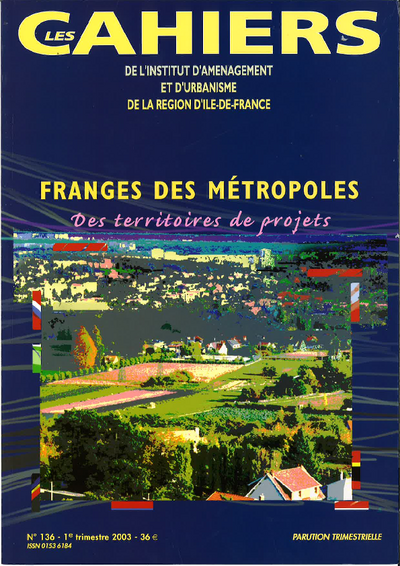Fringes of European metropolitan areas: territories for projects
The metropolitan regions in North-Western Europe are now faced with the consequences of periurbanisation and today they are attempting to set up some principles for lasting development in these peripheral territories.
In Ile-de-France, as in the other European metropolitan regions, these sensitive areas are subjected to urbanisation pressures and to their consequences that are detrimental to the balance of the metropolis as a whole. As a corollary to the issue of the "compact city", the issue of the future of these fringe areas remains acutely topical.
In France, as in other countries in North-West Europe, some projects have emerged in the fringes of the metropolitan areas, which grant as much importance to creative actions as to protective regulations. In Ile-de-France, the regional natural parks illustrate this approach perfectly.
At the beginning of this 21st century, planning authorities from several European countries have begun to swap their experiences regarding this kind of territories. Their works have been summarised in a "Declaration for the future of the MetroFringes areas", which offers the metropolitan regions an approach to development aimed at restoring the balances there in a lasting manner.
These experiences show an integrated approach to policies on habitat, economic development, training, relocation and environment. They mobilise the public and private actors on the fringe territories from the regional level to the local level.
The aim of this issue of Les Cahiers is meant to help to indentify the approaches for a new, more strategic way to conceive regional planning in Ile-de-France.
This study is linked to the following themes :
International |
Urban planning
